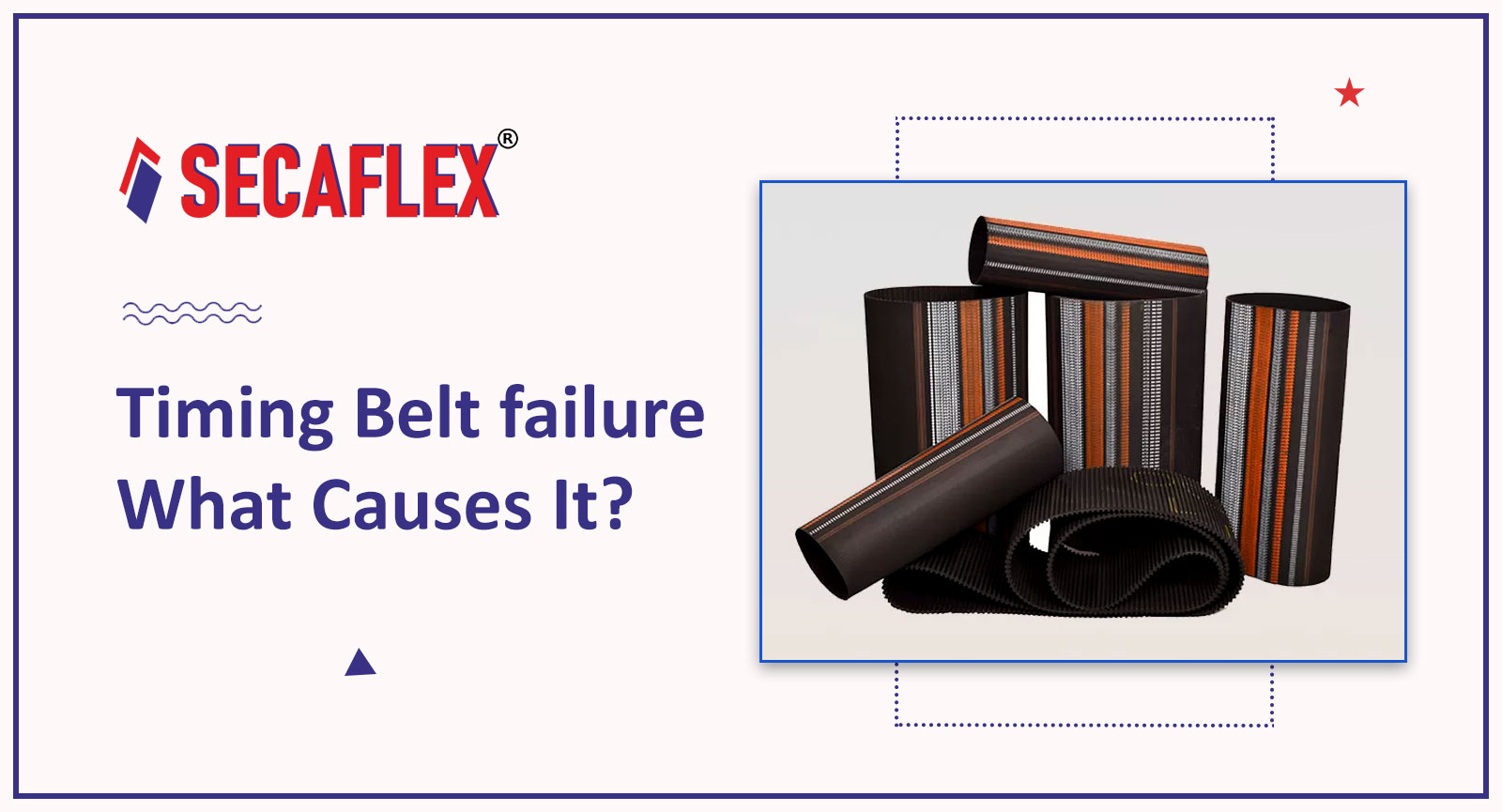- + 91-9167662789
- care@dktee.com

October 16, 2024

A timing belt drive is a relatively novel idea in power transmission that is now widely used across industries. Belts are a cost-effective alternative to gears for power transfer. They are flat and have a set of equally spaced teeth inside the addendum diameter.
These belts have evenly spaced teeth on the inner side that engage the hollows between the teeth of the belt pulley which results in conjugate gear action and torque transfer.
Timing belts play a crucial part in power and motion transmission, thus it’s critical to understand their tribological features. These drives are a relatively new technology, despite its operational benefits. Belts’ popularity in the automobile sector has led to their widespread application in several industries.
Causes Of Timing Belt Failure:
Several factors impact the belt’s operating life. Some factors to consider are belt tension, shaft and pulley coaxiality, friction and wear in contact, and operating conditions.
The impact of friction and wear:
The basic tribomechanical mechanisms in timing belts are belt teeth and belt pulley teeth. Improper meshing causes friction between the belt surface and pulley, which can lead to premature tooth wear. Friction forces the temperature to rise which causes the belt’s teeth and back area to crack and damage.
Possible reasons:
Common reasons include belt under tension and seizure of the driving portion. Misalignment between shaft and pulley
Solution:
Check the distance between two pulleys and align them. Also, use a tension gauge to adjust the appropriate tension.
Influence of Belt Tension:
Belt tension plays a crucial role in preventing belt failure. Proper tension ensures the correct connection between the belt and the pulley. The timing belt’s tension is checked using a tensiometer. Belt tension might be minimal or overdone. Excessive belt strain causes power losses at idle and lowers efficiency.
Over-tensioning the belt can cause fast tooth wear and surface-to-tooth wear, also known as land wear. An increase in belt tension has a direct impact on the kinematics of coupling between the belt and the belt pulley. Excessive or inadequate belt strain can cause timing belt drives to fail prematurely.
Possible reasons
for belt tensioning issues include shaft and pulley misalignment and faulty instrumentation or methods employed.
Solution:
Check shaft and pulley alignment, and use the right belt tensioning device.
Working Environment:
Timing belts are susceptible to extreme temperatures, chemical substances, and foreign things. The belts are made from rubber, urethane (polyurethane), and neoprene, which are not heat resistant. Long-term exposure to high temperatures causes rubber belts to harden and lose characteristics. Cracks on the belt’s rear surface might lead to failure.
Possible reasons
include exposure to oil, chemicals, and extreme low/high temperatures.
Solution:
reroute the belt from exposed to closed area.
Conclusion:
Timing belts transfer power and motion, but their frequent failure has made them less popular in automotive and other sectors. Follow a proper maintenance routine to identify and resolve belt issues.

DKT Engineering Enterprises
DKT Engineering Enterprises has vast experience in manufacturing conveyor belts in India. We are providing high quality products to our clients Since 2010.
